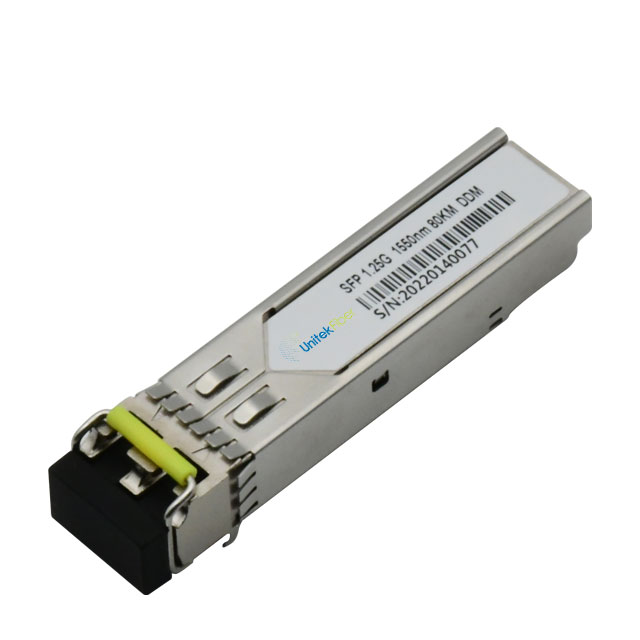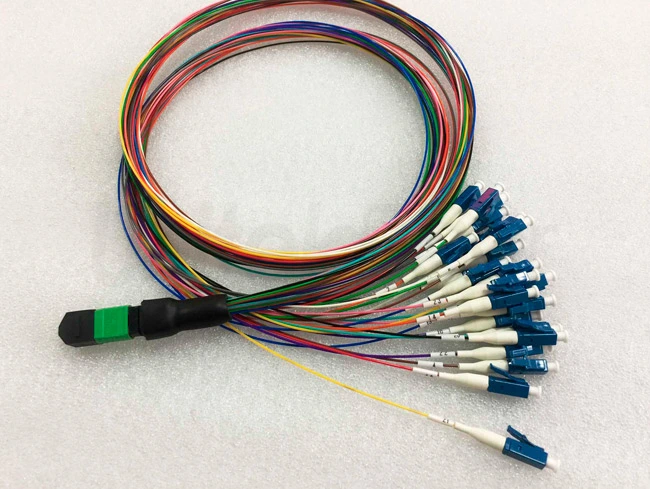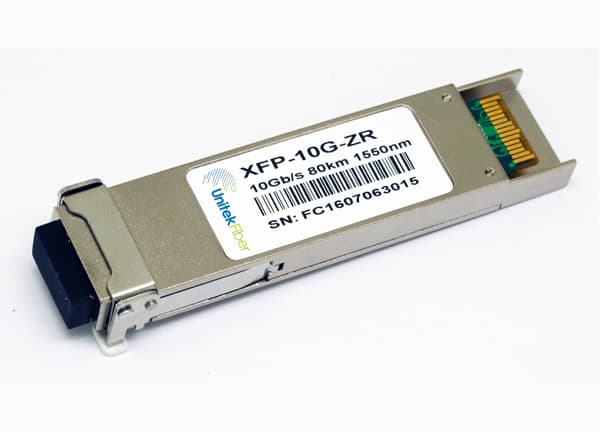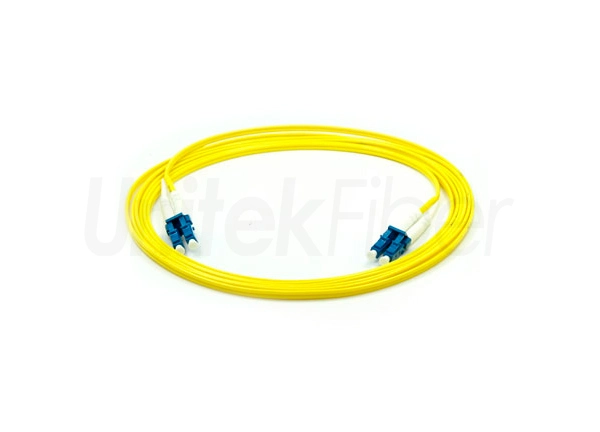
Optical module are an essential component in fiber optic communication systems, used in a wide range of applications such as data centers, telecommunications, and broadcasting. The performance of an optical module is influenced by a variety of factors, including temperature. If an optical module operates at too high or too low temperature, it can negatively impact its performance and lead to system failure. This article will discuss the impact of temperature on the use of optical module and how to mitigate these effects.

The effects of high temperature to the optical module
When an fiber optic module is exposed to high temperatures, its performance may be negatively impacted. The most common effect of high temperature is increased noise, which can reduce the signal-to-noise ratio (SNR) and limit the transmission distance. High temperature can also cause thermal expansion of materials in the module, resulting in misalignment of the optical components and increased attenuation. Moreover, high temperatures can accelerate aging and degradation of electronic components, leading to reduced lifetime.
The effects of low temperature to the optical module
Low temperature can also have a negative impact on fiber optic module performance. The main effect of low temperature is increased attenuation due to the contraction of materials in the module. This contraction can disturb the alignment of optical components, leading to misalignment and increased attenuation. In extreme cases, the contraction can damage the optical components and result in permanent damage. Moreover, low temperatures can cause condensation inside the module, leading to electrical short circuits and corrosion.
Mitigating the impact of temperature to the optical module
To mitigate the impact of temperature on fiber optic modules, it is essential to control the operating temperature within the allowable range. The standard operating temperature range for optical modules is between 0°C and 70°C, and some models may have a wider range. It is important to ensure that the operating temperature of the modules stays within this range to avoid any potential damage or performance issues.
To control the temperature, cooling and heating systems can be used. For example, fans and heat sinks can be added to dissipate heat generated by the module, and heating equipment can be used to maintain a consistent temperature in cold environments. It is also important to ensure that the fiber optical modules are installed correctly and securely, as loose connections and misalignment can increase the risk of damage due to temperature fluctuations.
Conclusion
Temperature has a significant impact on the performance of fiber optical modules. High temperatures can cause an increase in noise and attenuation, while low temperatures can lead to increased attenuation and damage to components due to contraction. To mitigate these effects, it is essential to control the operating temperature within the allowable range and install the modules correctly. By doing so, you can ensure reliable and consistent performance of the fiber optical modules, leading to better system performance and reduced downtime. Unitekfiber can provider you with high quality SFP, SFP+ SFP28, QSFP+, QSFP28, XFP fiber optical modules, etc.. in www.unitekfiber.com.



